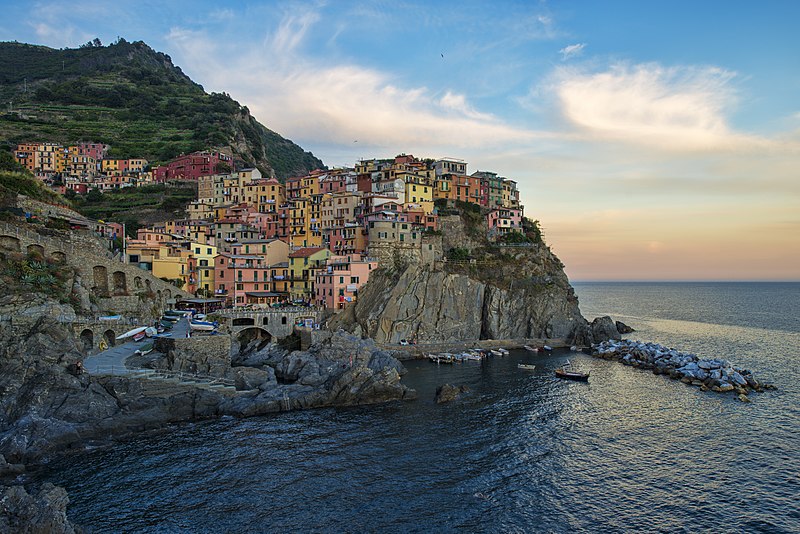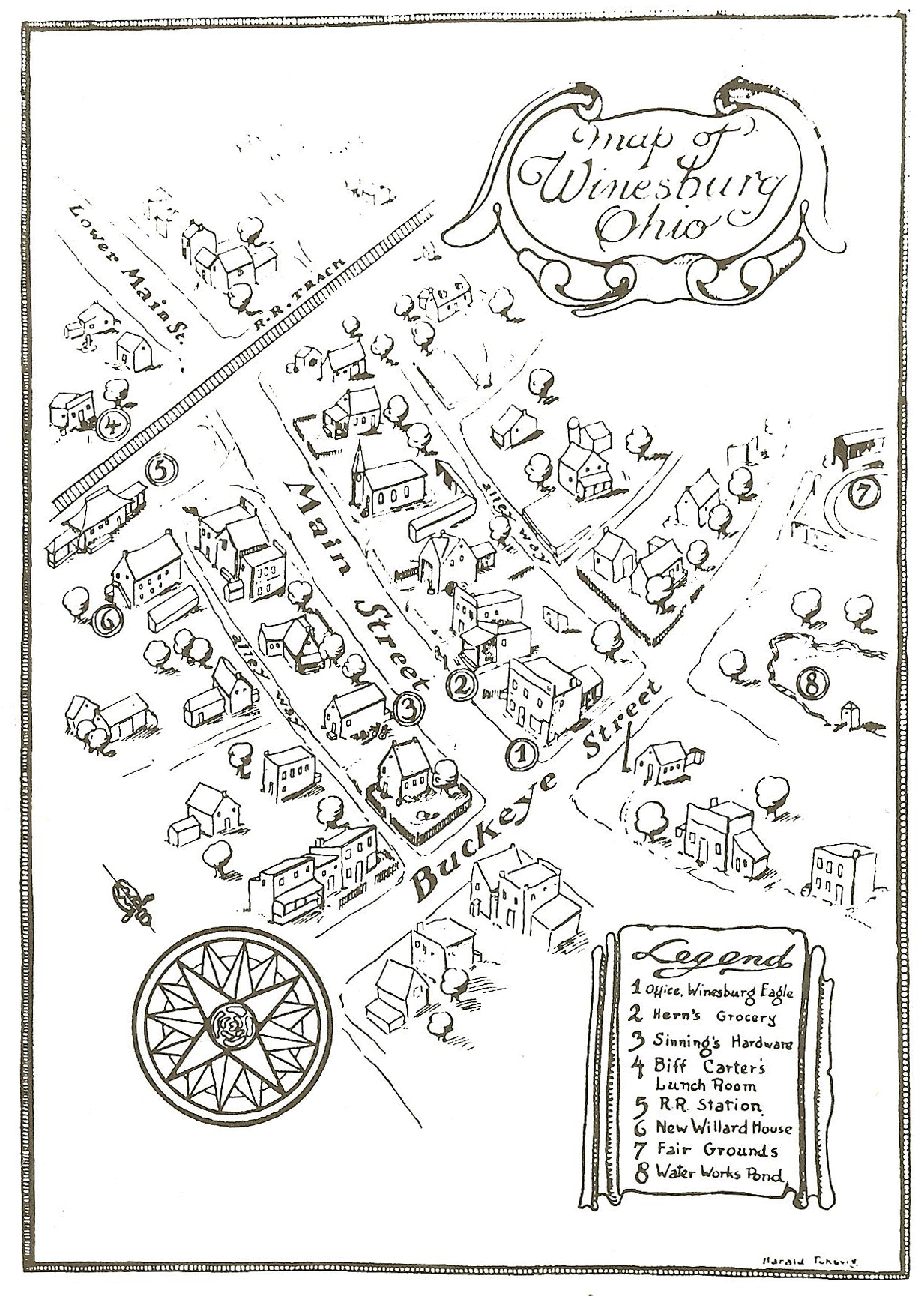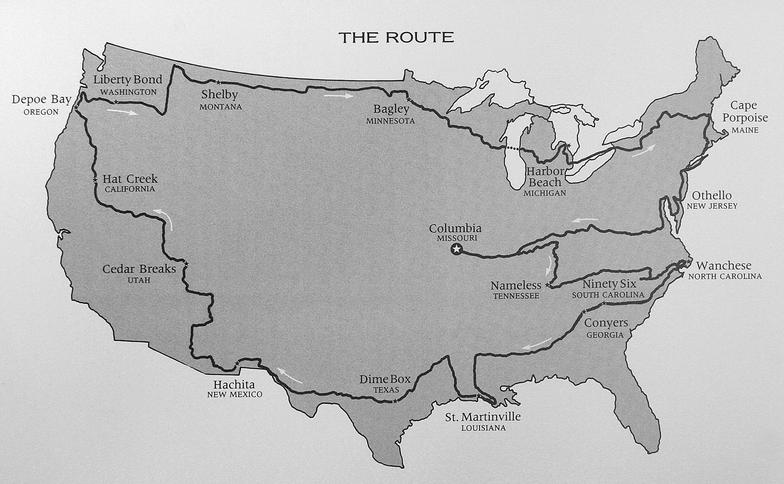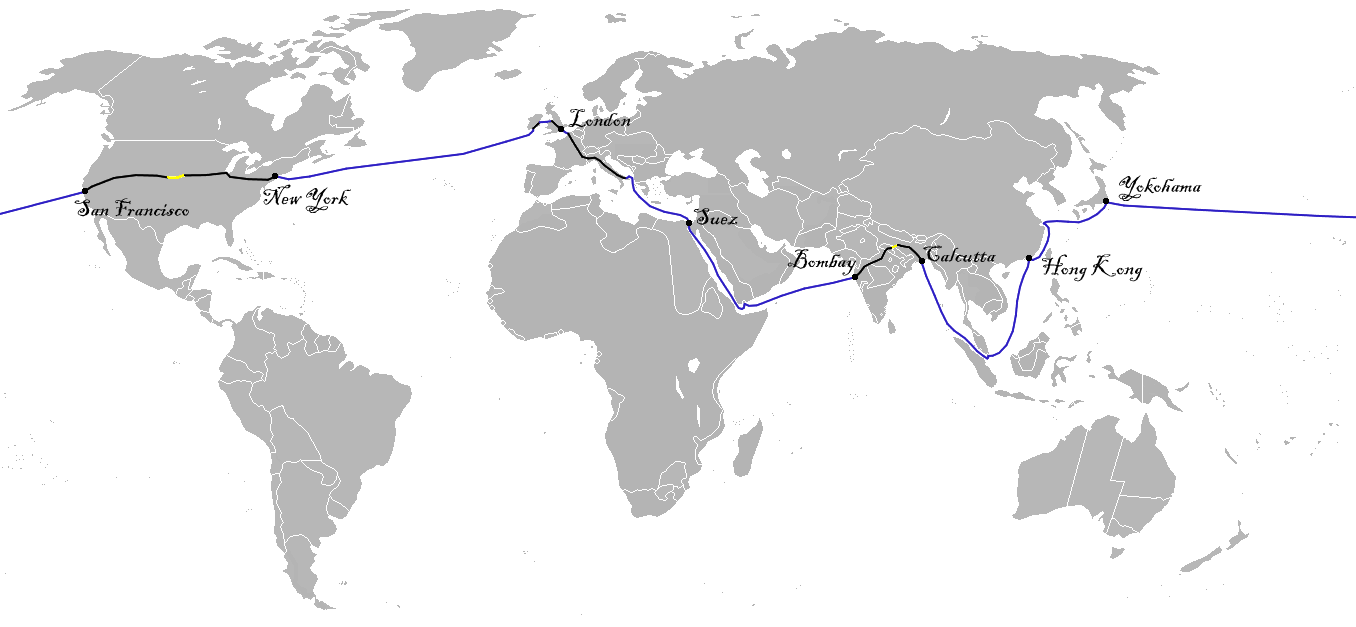Our post from the other day about Cojimar got me thinking
about the setting of another book I just finished: Pearl Buck’s The Good Earth . Spend five minutes with
your favorite search engine and you can learn all sorts of things about that
book- that it led the bestsellers lists for 21 months, that it nabbed a
Pulitzer Prize, and that it was the basis of Buck’s Nobel Prize just a few
years later. But if you want to know where the book actually takes place, well,
that’s a little tougher to come by.
For one thing, Latin spellings of Chinese place names have
changed over time, so pulling clues from Buck’s novel can be a little tricky. For
another, those Latin spellings are at best just approximations of the actual
Chinese pronunciation, so if you find in a biographical sketch that Buck and
her husband lived in Nanhsuchou in the farming country of northern Anhwei, you
might find that Google Maps suggests instead the town of nan suzhou , in Anhui province. As it turns out, that is the correct
answer, as you’ll see in a minute. And kudos to Oprah’s Book Club for putting
together what appears to be the only map on the internet that tries to answer
the question:

Now, as maps go, this one’s pretty crappy. Everything to the
right of that right-most squiggle is actually ocean, so you’ll have to use your
mind’s eye to paint it blue. And the coastline won't match what you see on any decent globe. There’s also no sense of scale except for the
relative scale between cities- cities that are, again, somewhat difficult to
find on a modern map with modern place names. But Shanghai is still Shanghai,
so we can start our search pretty confidently from there. The Oprah Book Club (OBC)
city of Chinkiang is most likely the Google Maps (GM) city of Zhenjiang. And
the OBC city of Nanking is almost certainly the GM city of Nanjing. It would
appear, then, that the OBC map’s ordinal directions are also pretty skewed,
since in the real world Nanking/Nanjing is northwest from Shanghai, and not due
west as shown in the OBC map. But okay, they tried.

Now, Nanking is about equidistant from Shanghai and Wang Lung’s
farm on the OBC map, so we know that the OBC city of Nanhsuchou cannot be the
GM city of Chuzhou- it’s too close to Nanking. If we keep searching to the
north and west we come upon the GM city of Suzhou (different from the famous
canal city near Shanghai). And here, I am fairly confident that we have
pinpointed the setting of The Good Earth
:
Why? Well, here’s what we know from the book itself:
- Wang Lung’s farm is frequently flooded by a “river to the
North.” A farm on the northern outskirts of Suzhou, with the Xinbian River flowing
just to the north, would fit that description (The Xinbian River is not shown
on the OBC map but can be seen at the top of the map below.)
- During the first great famine Wang Lung travels southward 100
miles by train to the great cities of the South. What cities would fit this
description and distance any better than the great cities on the banks of the
Yangtze River: Nanjing, Zhenjiang and Shanghai?
- Last of all, the clincher: We know that the town closest to Wang Lung’s
farm is surrounded by a mote- he crosses it, he buys land next to it, etc. It can hardly be a coincidence that the old town
of Suzhou just happens to be surrounded by a moat. (See the roughly rectangular outline to the left of the Suzhou railway station in the map below. Somewhere outside of that moat was Wang Lung's farming village, and somewhere inside it was the great house of Hwang and the Tea House where he meets Lotus.)
Pretty cool, no?
View Larger Map





.jpg)
.jpg)










